DEI Voices: Mélanie Chevalier - CEO & Founder at Creative Culture
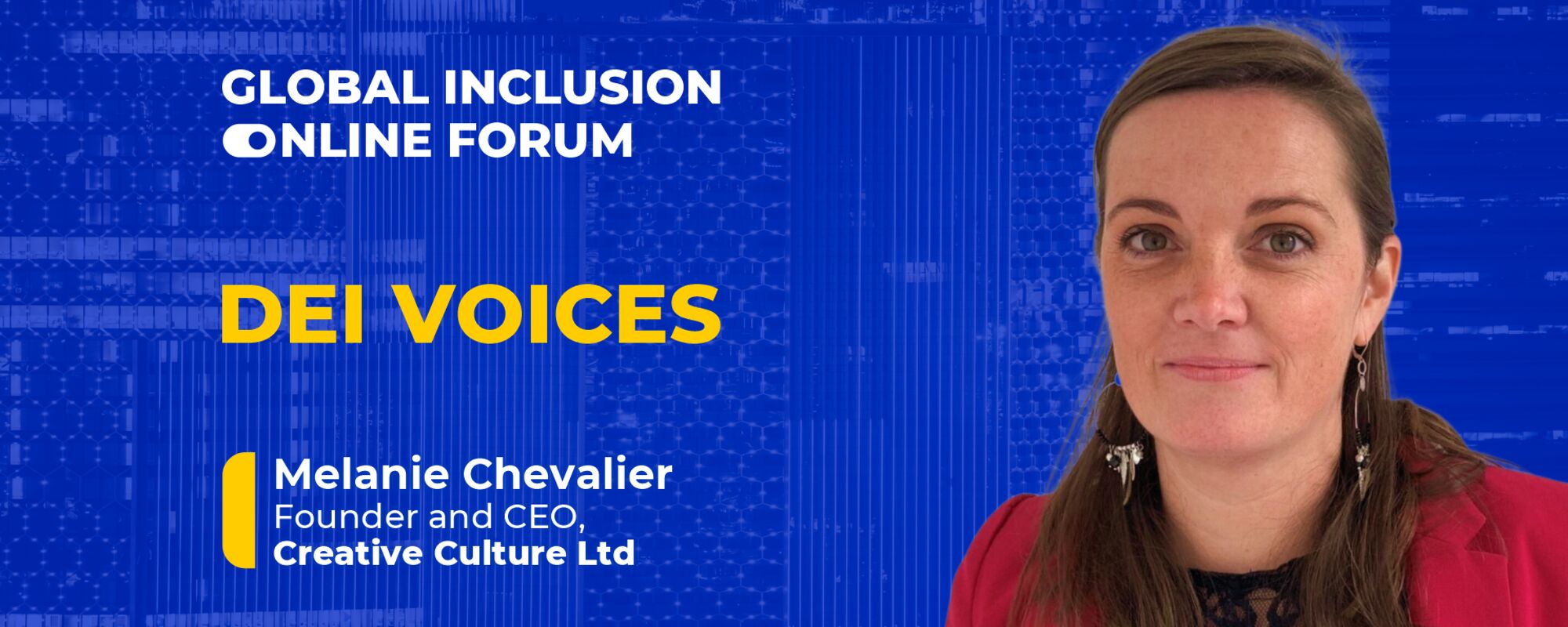
Mélanie Chevalier founded Creative Culture in 2008 with the ambition to change the way the industry looks at cultures, placing them at the forefront of business strategies and communications across international and domestic markets, as well as embracing the need to include the widest diversity of experience, aspirations and values. Over the past twenty years, she has advised international brands such as Cointreau, Hyatt, L’Oréal, Sanofi and Sony, designing for them bespoke approaches rooted in harnessing human intelligence, diversity and inclusion.
We asked Mélanie five(5) questions about her DEI journey:
Q1. As a consultant, you’ve worked with multiple companies; what in your opinion is the most vivid problem of diversity in the workplace?
Firstly, please allow me to pause on the language for a moment, as I feel it answers your question to an extent. There is a clear need for a shift towards “inclusion” and “belonging” rather than trying to tackle “diversity” on its own. Diversity is everywhere and it has always been; we must recognise that. Being inclusive of diversity is the real underlying topic here. If companies cannot create an environment that is conducive to “inclusion,” we fail to recognise the immense power that diversity has, and in turn, it becomes obsolete altogether. So to me, the main priority and focus must be on inclusion and belonging, which are the vectors to elevating the diversity conversation.
Our work at Creative Culture is in the international space, so I'll use this lens to answer your question. Globally, I feel that over the past decade, multinational organisations have struggled to understand what diversity means and looks like across multiple markets and how to bring these insights to life in a consistent and consolidated manner. Without a conscious local diversity mapping exercise, companies are unable to understand who the underrepresented groups are in various countries, what their inclusion challenges are, and how to build on those differences across markets to enrich their DEI value proposition. This outward-looking exercise should be the starting point of their journey, which they can then feed into their DEI values, strategies, ambitions and initiatives internationally. The self-reflection exercise driven by central teams isn’t enough to make it relevant and authentic locally. Being aware of the cultural context, however, doesn’t mean shying away from the global ambition. Instead, it is about knowing how to shape it and communicate it in order to better support the local teams, champions and ERGs [employee resource groups]. In the past, we’ve done some DEI mapping across international markets, which unearthed completely new angles and approaches to some local markets who responded really positively to the exercise.
Q2. You’ve lived around the world. How do DEI problems and challenges differ from country to country?
Having lived in countries as diverse as Taiwan, Brazil, Cameroon, Spain, France and the UK, it has always been very apparent to me that discrimination exists everywhere but in very different forms. While there are some recurring themes such as social mobility and gender inequality, history and culture have shaped different challenges and priority areas in various countries.
Professionally speaking, what is so interesting with handling our clients’ DEI ambitions across multiple markets is that there is always a tension between the DEI agenda and the cultural agenda. This is where the fine line between progress and offence lies, and one that prevents some initiatives to see the light of day. Every culture is different and we must acknowledge that, of course. Around the world, local cultural norms and values as they stand today have taken centuries to form and some of the biases that come with them will take long(er) to untangle (in some markets). Yet, our role as a cultural mediator is to challenge this tension and not take no for an answer. While it may be more delicate to approach topics like gender inclusion in some Middle Eastern nations or sexual orientation in CIS markets, the key is to understand how to best bring the subject to the fore, communicate, create interest and engagement, educate, and in turn contribute to change and progress.
Q3. What is the role of cultural intelligence and sensitivity in developing DEI strategy? Do you have any particular story to share?
It is undeniable that the levels of maturity and acceptability of DEI vary greatly from one culture to another. Some markets have not only started their DEI journey earlier but their cultural values also align more with the core principles of DEI than that of others.
These differences can be deeply rooted within a society, passed from generation to generation and can be very difficult to approach without an understanding of the culture, its norms, values and sensitivities.
In other words, a one-size-fits all strategy doesn’t work for DEI. Cultural intelligence plays a vital part in this nuanced and global-local approach. Understanding the cultural drivers behind a country’s or a community’s maturity towards some topics can only be achieved through granular cultural insights.
Recently, as we were working with L’Occitane Group to support their global inclusivity survey, we undertook some local research into awareness and acceptability around five pillars of DEI to help not only shape the survey, but also inform and enrich the analysis of the local data that would be the basis of their global DEI strategy.
Here are some striking cultural differences and insights this exercise highlighted:
When looking into ethnicity and race, the levels of awareness and acceptability vary greatly across Asia. In South Korean schools, for example, children are taught to be proud to belong to the same ethnic group, which aligns with their strong cultural values around uniformity and conformity. While there are 56 minority ethnic groups in China, the Han ethnic group makes up 92% of the population. The lack of diversity means that people rarely pay attention to ethnic diversity. In Thailand, “mixed races” such as Thai-Chinese or Thai-Indian have been integrated into society over the years and nestled under the wider “Thai” umbrella without creating any formal distinction.
Intersectionality is also an interesting factor to analyse through the cultural lens. From the various DEI strands, gender is the most accepted topic in Brazil despite high rates of gender-based violence. However, women of colour are still excluded from the advancements towards gender justice and equality; they experience poor living conditions and have fewer opportunities from a socio-economic standpoint.
All in all, this demonstrates that applying a cultural lens is absolutely critical to effective inclusivity efforts, whether at a domestic or at an international level.
Q4. In your experience working as a consultant, what diversity case was the most memorable?
Last year in October, I attended the LEAD Network conference in Paris. LEAD is an organisation that promotes gender inclusion within retail and FMCG [fast-moving consumer goods]. Every year, leaders from large multinational corporations such as Danone, P&G and Coca Cola gather and share best practice in their companies to build a strong and long-lasting impact in their industry.
One of the speakers came to present their own experience and how they managed to become a leader of DEI in their market despite the cultural pressures of society. Emirhan Deniz Çelebi was born in Turkey. They never identified as a girl growing up. As they emancipated, they decided to legally change gender identity after having announced this decision to their family. Emirhan joined Unilever one year ago as the ED&I lead for Turkey where they thrive to build awareness and raise the importance of having conversations on non-binary and intersectionality. They have implemented great frameworks for more inclusive talent acquisition, including how to attract trans profiles. In the future, they are looking to make their working spaces more inclusive to non-binary employees, with currently completed initiatives such as having gender-inclusive toilets at Unilever in Turkey, hoping to inspire other markets to follow through.
Personal and lived experiences are the foundation to powerful DEI initiatives, particularly in societies where the awareness piece is more complex. This one stuck with me for that reason. The business demonstrated their commitment to DEI by onboarding Emirhan and trusting them with a difficult conversation in their local office, which will in turn have an impact locally as well as internationally, and internally as well as externally.
Q5. What is the role of diversity and inclusion in global business and marketing? Can you name any companies which stand out to you from your own experience?
Numerous studies demonstrate that diversity has a huge positive impact on collaboration, performance and the overall bottom line. This principle universally applies across countries without an exception. A McKinsey study demonstrates that companies with the most ethnically/culturally diverse boards worldwide are 43% more likely to experience higher profits, to name just one.
Diversity within brands, marketing and business plays a huge role in driving growth; it helps build trust and loyalty with the consumer. A 2020 study from Microsoft demonstrates that 70% of Gen Z consumers are more trusting of brands that represent diversity and inclusion, which in turn drives purchase intent. Alongside, the average stock price of diverse brands performs 69% better than their counterparts.
Consumers want to see themselves represented by brands and businesses and these efforts have to be measurable internally as well as externally. Only integrated efforts across employees, customers and the supply chain will demonstrate the true commitment of a business.
In that vein, ingraining DEI into a business and brand’s DNA is the key to success. A great example of this is Smirnoff. The brand’s messaging and stance has been clear over the last few decades by acting as an ally and activist for the queer, non-binary and transgender communities. Their “We’re Open” campaign in 2017 truly incorporated the key principles of inclusive marketing whilst promoting more than just diversity and representation. This campaign is about awareness and driving progress in that area with a thought-provoking tagline of “labels are for bottles, not people.” This campaign was launched in the UK and Ireland as a pilot and then across Africa, the rest of Europe, Latin America and Australia. Smirnoff - We're Open (2017)
Dove has fully embraced their commitment to DEI, and more particularly gender inclusion, internally and externally. Their #showus (real beauty) initiative is a great illustration of that. Based on the insight that 70% of women don’t feel represented in media, they created a database of photos accessible to the whole of the marcomm [marketing communications] and advertising industry, [aiming] to portray more realistic representations of feminine beauty in advertising. Women and non-binary individuals are in front and behind the camera, the models aren’t staged, and no digital effects are used for fully authentic representation.
To connect with Mélanie: https://www.linkedin.com/in/melanie-chevalier-she-elle-sie-%E5%A5%B9-ella-0728727/
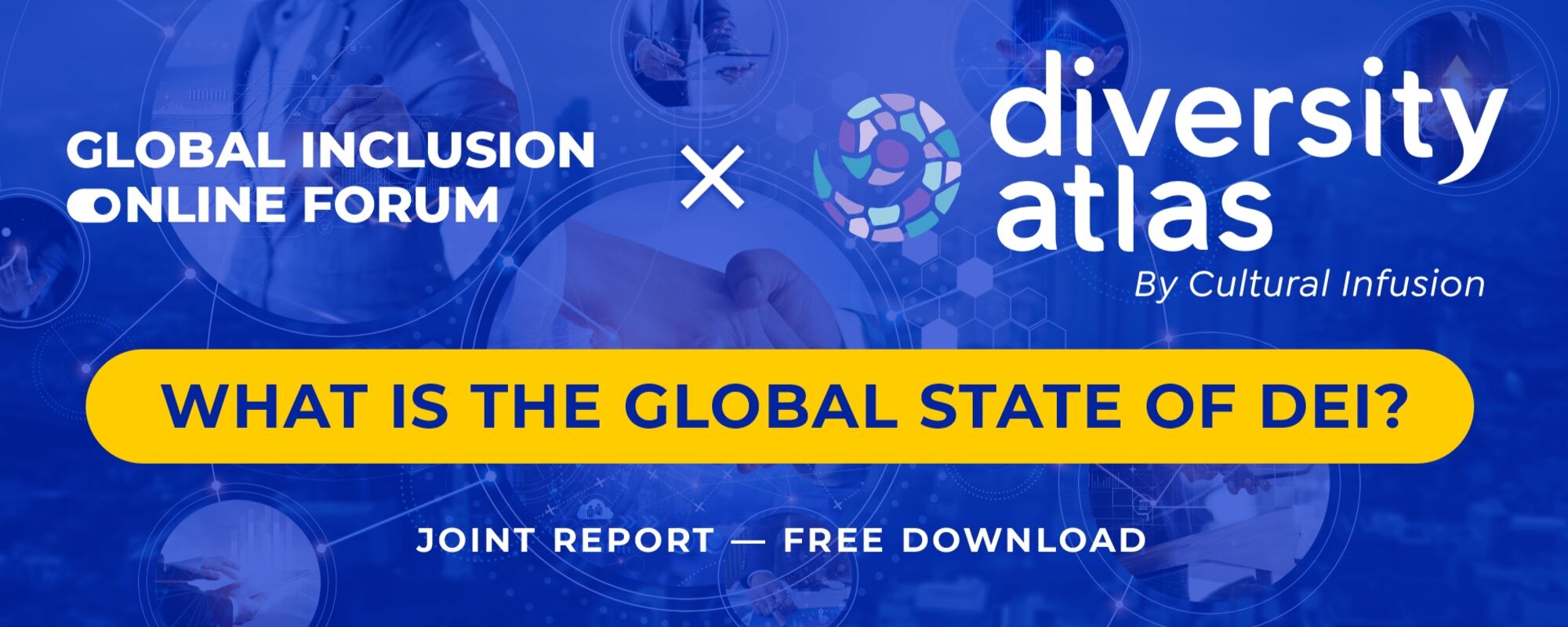
 Blind Hiring Summit: Embracing the New Age of HR
Blind Hiring Summit: Embracing the New Age of HR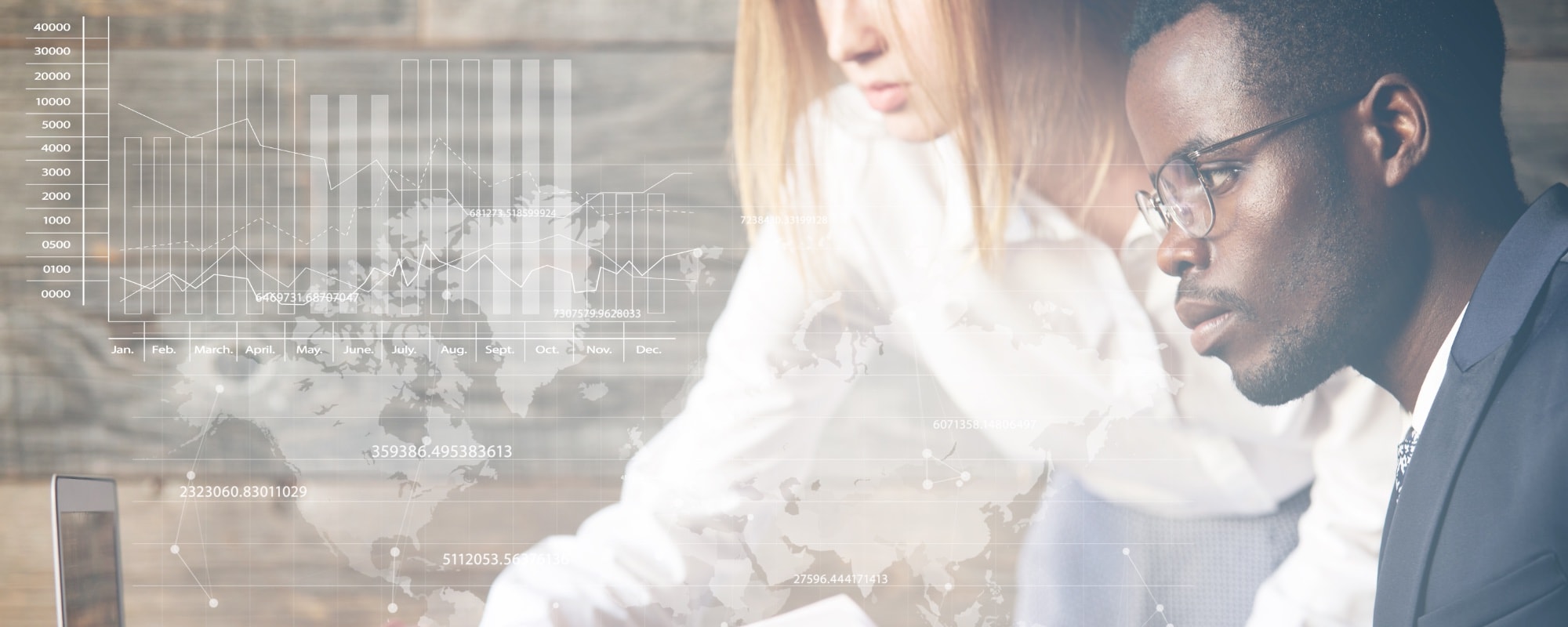 DEI Data Summit
DEI Data Summit Diversity Fatigue Summit
Diversity Fatigue Summit GIOF 2022 Annual Meeting
GIOF 2022 Annual Meeting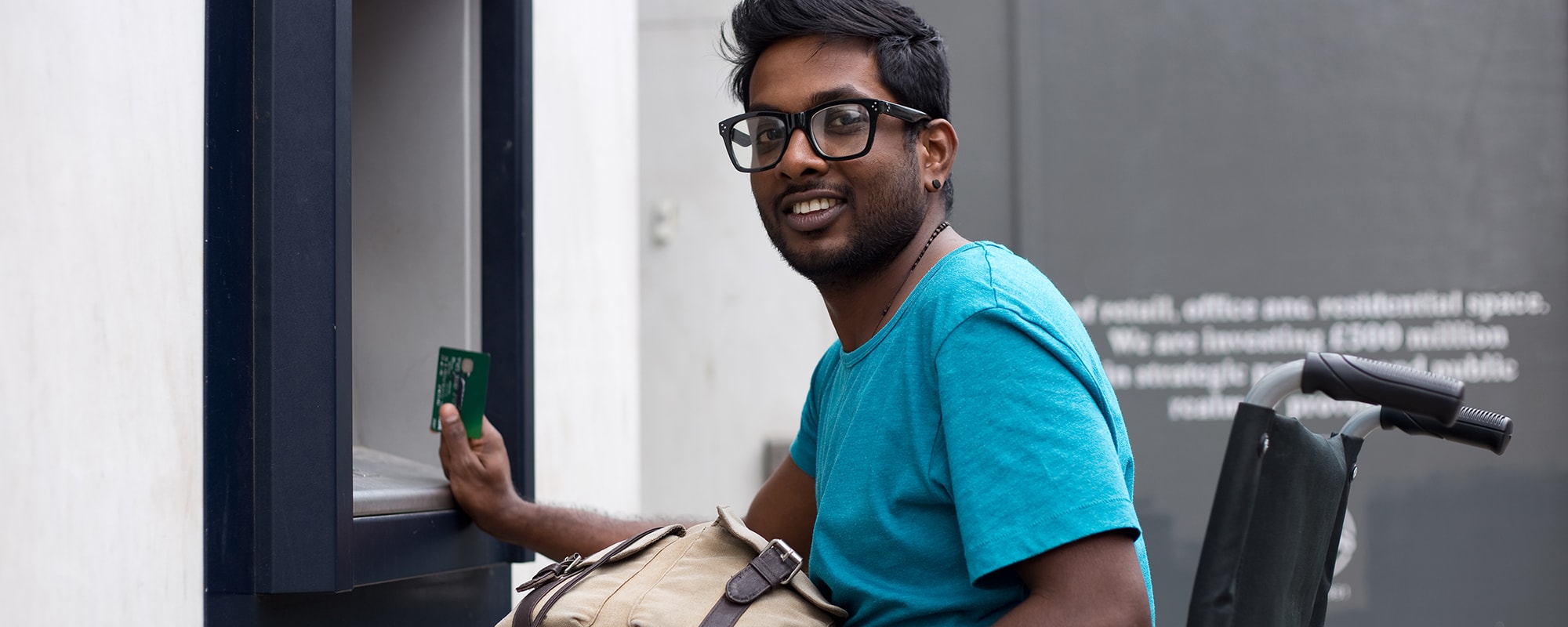 Banking for everyone: Arising accessibility trends in banking and financial services
Banking for everyone: Arising accessibility trends in banking and financial services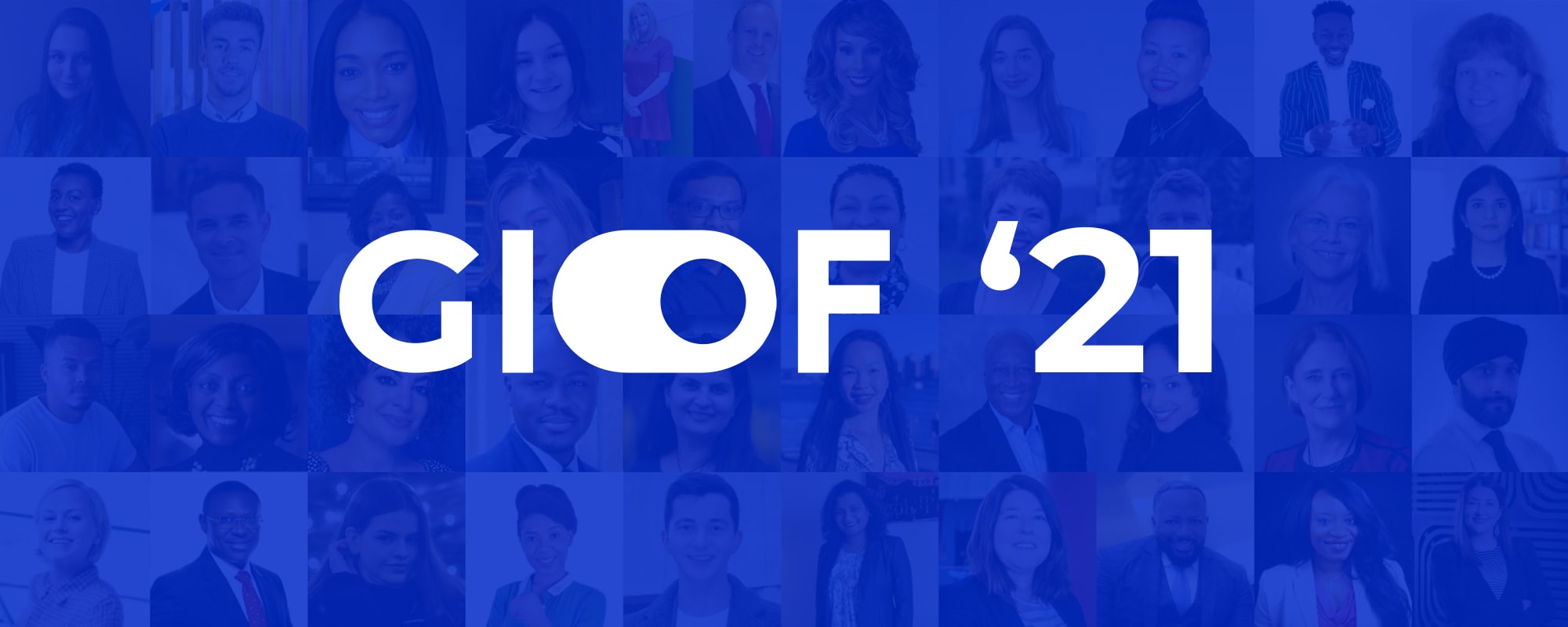 GIOF 2021
GIOF 2021 GIOF 2020
GIOF 2020